As far as these McDonald's menu items were concerned, the public was not lovin' it
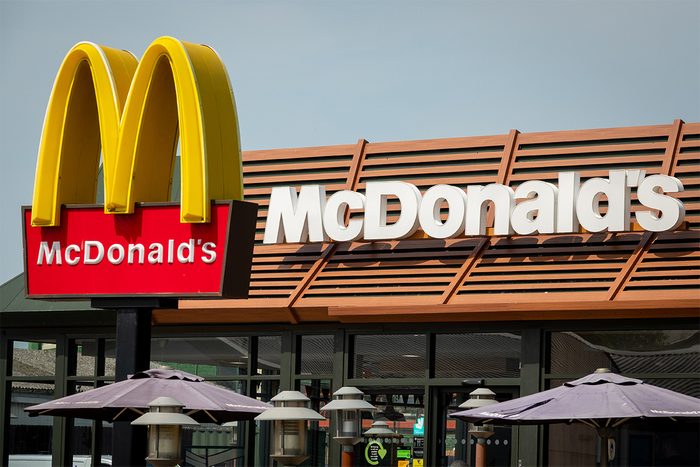
The Biggest McDonald’s Menu Fails of All Time

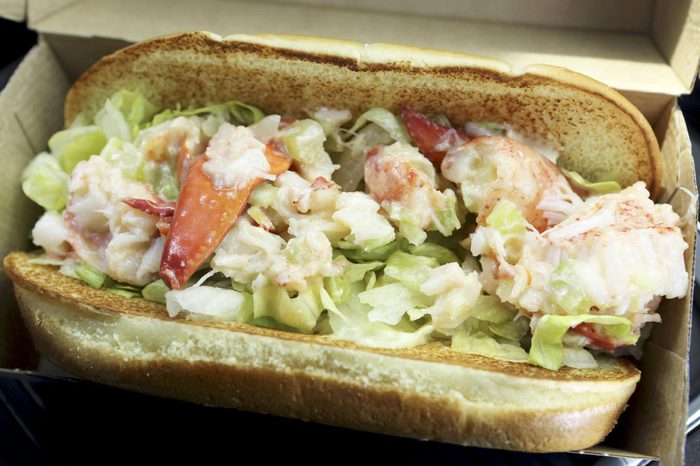
McDonald’s menu fail: McLobster
McDonald’s tried its hand at this fancy seafood offering in 1993. The McLobster was a heap of lobster and lettuce in a bun, complete with “lobster sauce.” As the photo makes clear, the lettuce often outweighed the lobster, and many people were unwilling to pay $5.99 for it. But this wasn’t quite the end of the McLobster story, as the sandwich is still available in Canada and parts of New England.
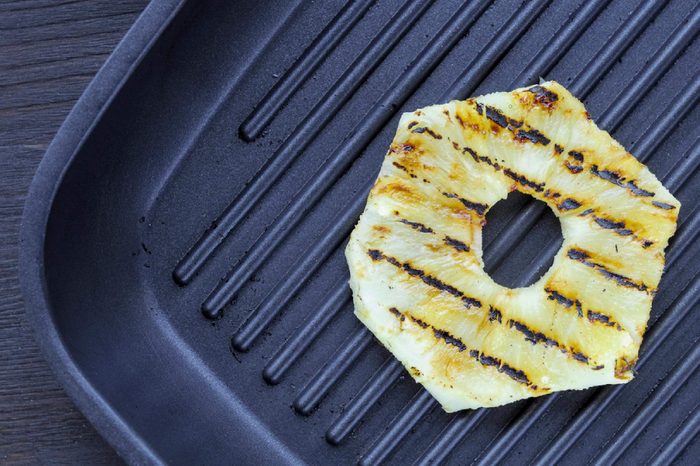
McDonald’s menu fail: Hula Burger
The Hula Burger was one of the McDonald’s menu’s earliest flops. In the 1960s, McDonald’s franchise owner Ray Kroc discovered that their sales were taking a hit in areas with large Catholic populations, since Catholics often abstain from eating meat on Fridays. So Kroc came up with a meatless cheeseburger that he hoped would rejuvenate sales. His choice for the patty? A grilled ring of pineapple. Yes, this burger was pineapple with cheese on it. Need we say more about why it failed? McDonald’s saved face, though, with another meatless option that became much more popular: the Filet-O-Fish.
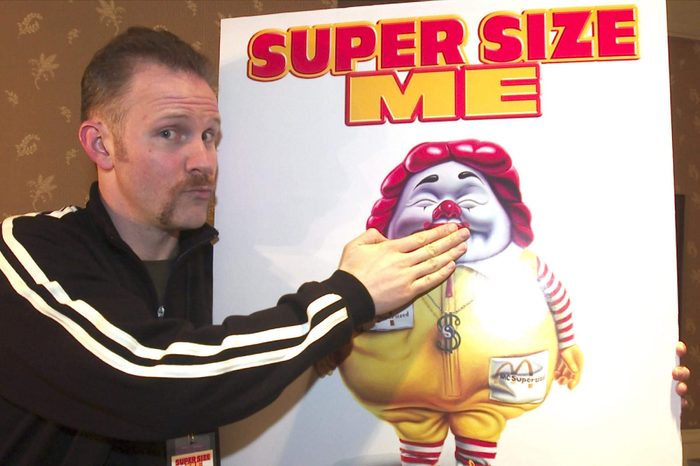
McDonald’s menu fail: Super-Sized anything
This bigger-than-large option for drinks and fries was actually fairly successful when it was introduced in 1993. But then in 2004, filmmaker Morgan Spurlock released his documentary Super Size Me. This stomach-churning look at the effects of eating McDonald’s food in excess caused the franchise to backpedal and remove its super-size option.
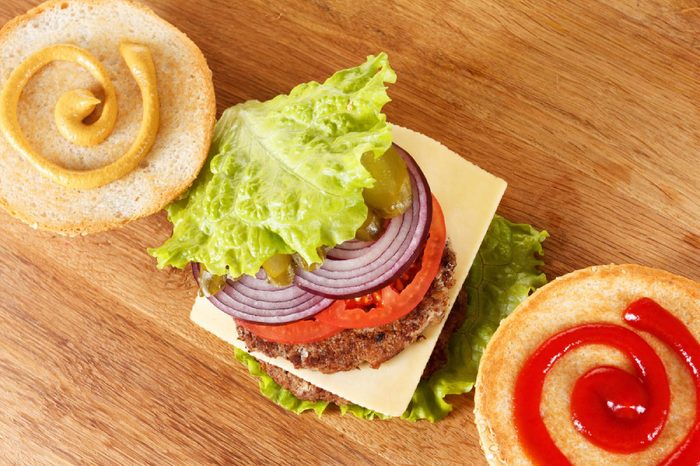
McDonald’s menu fail: McDLT
There was nothing wrong with the McDLT, introduced in the 1980s, in terms of the food itself. This McDonald’s food item was simply a burger with lettuce, tomato, cheese and pickles. The problem was in the packaging. The McDLT was served in a Styrofoam container with two separate compartments. In one was the lettuce, tomato and pickles; in the other was the meat and bun.
The intention was to keep the warm and cool components of the sandwich separate until right before consumption. But even this wasn’t the cause of the DLT’s downfall. In the 1990s, environmental activists began criticizing McDonald’s for their superfluous use of far-from-green Styrofoam, and the product was pulled from the McDonald’s menu.
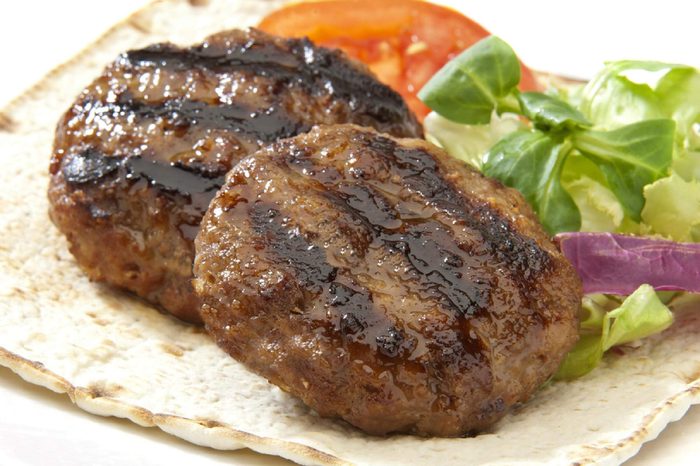
McDonald’s menu fail: McAfrika
Introducing this beef-and-veggie pita sandwich and calling it the McAfrika would’ve been a blunder under any circumstances. But in 2002, when McDonald’s franchises in (wealthy) Norway started selling this sandwich, many southern African countries were experiencing a period of massive famine. Yikes. Public backlash caused McDonald’s to apologize and pull the item.
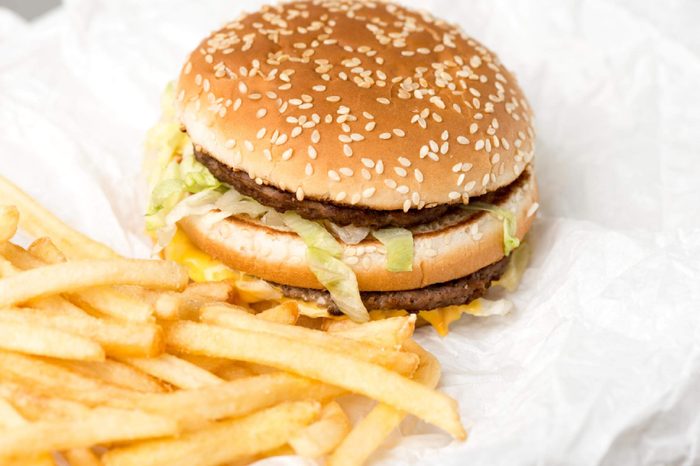
McDonald’s menu fail: Arch Deluxe
The Arch Deluxe was another McDonald’s food item that was definitely palatable but owed its failure to a bizarre marketing campaign. With this sandwich—a burger with cheese, peppered bacon and a potato-flour bun—McDonald’s hoped to expand their demographic in the 1990s. They were having massive success as a kid- and family-friendly franchise, but hoped to be taken more seriously by adults.
Calling the Arch Deluxe “the burger with the grown up taste,” commercials for this McDonald’s food item showed Ronald McDonald playing “sophisticated” sports like golf and pool. More problematic, the ads also showed kids appearing disgusted by the burger. Why the advertisers thought that would appeal to adults, we’re not sure.
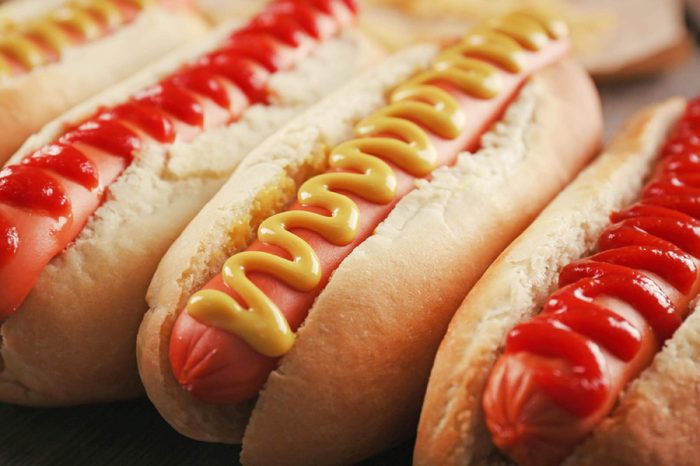
McDonald’s menu fail: McHotDog
Ray Kroc, the man who turned McDonald’s into the fast-food giant we know, was deeply opposed to his company selling hot dogs. The idea of mystery meat in a casing disgusted him, and he forbade McDonald’s to produce hot dogs. That didn’t stop the company from giving it a try in the 1990s, however—after his death. But by that time, McDonald’s was so well established with the products it did sell that the McHotDog never really caught on. People preferred the McDonald’s classic menu more.
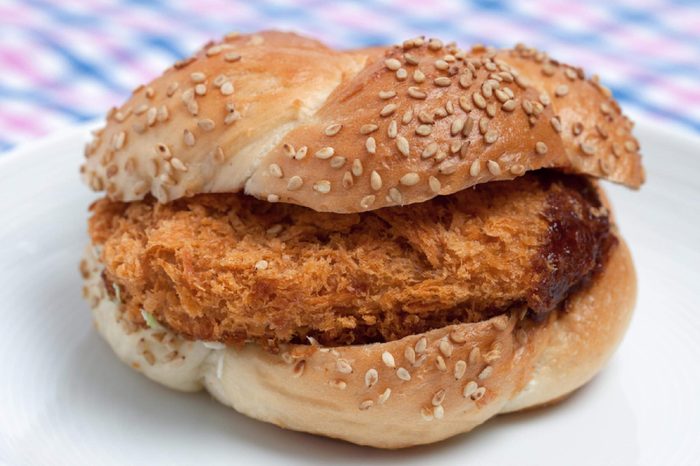
McDonald’s menu fail: McGratin Croquette
Plenty of these failed McDonald’s food items are bizarre, sure, but the McGratin Croquette definitely takes the cake. Introduced primarily for the Japanese market, this doozy of a sandwich combined macaroni, mashed potatoes and shrimp into a deep-fried croquette-like patty. This patty then went on a bun with a bed of cabbage. Unsurprisingly, people found this McDonald’s food item to have a very odd taste, and it may have been one of the least-ordered McDonald’s items in history.
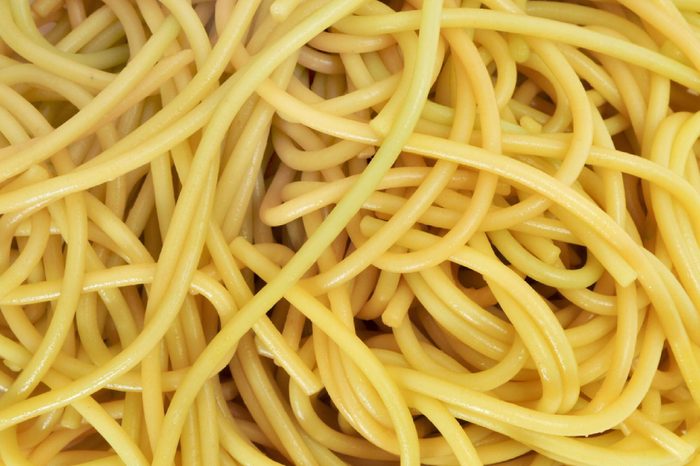
McDonald’s menu fail: McSpaghetti
In the late ’80s and early ’90s, McDonald’s tried adding pasta products to their menu. A spaghetti-and-meatballs dish is the best known, but they also tried fettuccine Alfredo and lasagna. Rumor has it, they were trying to compete with Italian-inspired fast food, like Domino’s and Pizza Hut. But as it turned out, consumers just weren’t interested in eating spaghetti at McDonald’s, and the item was pulled from the McDonald’s menu.
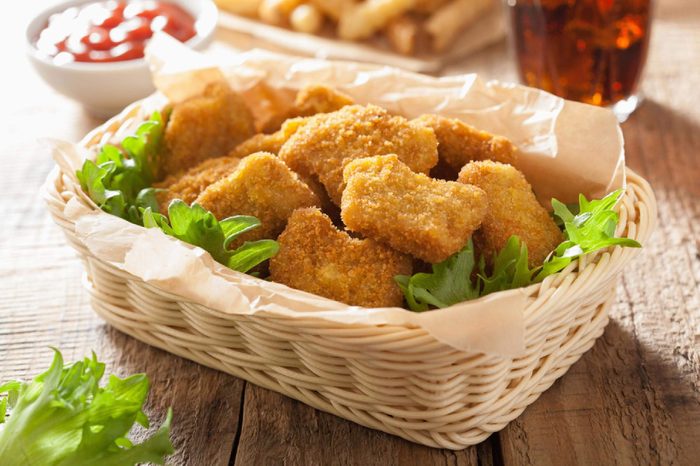
McDonald’s menu fail: Onion Nuggets
If you think these sound like a wacky variation on the old favorite McDonald’s menu item, McNuggets, you’d be incorrect—they actually debuted before McNuggets! Onion Nuggets, introduced in the 1970s, were chunks of onion, breaded, fried and served with dipping sauce. This unusual marriage of onion rings and chicken nuggets proved pretty unpopular. Luckily, though, the company would go on to introduce Chicken McNuggets in 1980, and the rest is history.
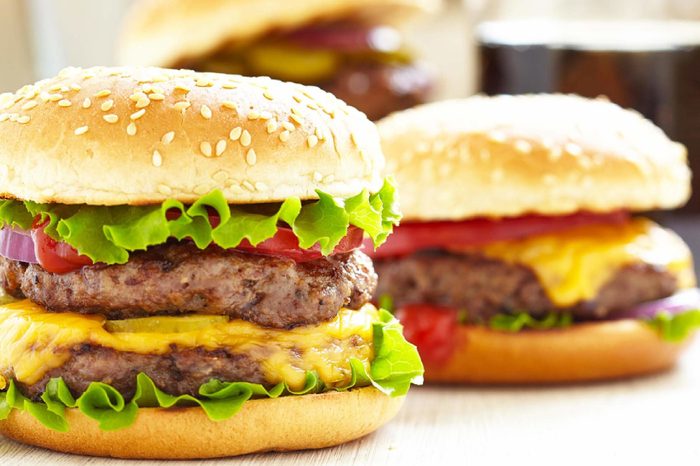
McDonald’s menu fail: McLean Deluxe
Let’s be honest—McDonald’s is not where you go to get “lean” food. But that didn’t stop the franchise from trying out this McLean Deluxe burger, advertised as “91% fat-free,” in 1991. In addition to the premise itself, which was a little off-brand, the burger also just didn’t taste very good, due in part to its pretty wonky secret ingredient. To replace the fat content of the meat patty, McDonald’s used water and … seaweed. Yes, seaweed. Need we say more?
Why trust us
At Reader’s Digest, we’re committed to producing high-quality content by writers with expertise and experience in their field in consultation with relevant, qualified experts. We rely on reputable primary sources, including government and professional organizations and academic institutions as well as our writers’ personal experiences where appropriate. We verify all facts and data, back them with credible sourcing and revisit them over time to ensure they remain accurate and up to date. Read more about our team, our contributors and our editorial policies.
Sources:
- Business Insider: “12 McDonald’s Menu Items That Failed Spectacularly”
- Food Republic: “From the McLobster to Onion Nuggets, 12 McDonald’s Menu Items That Failed”



















